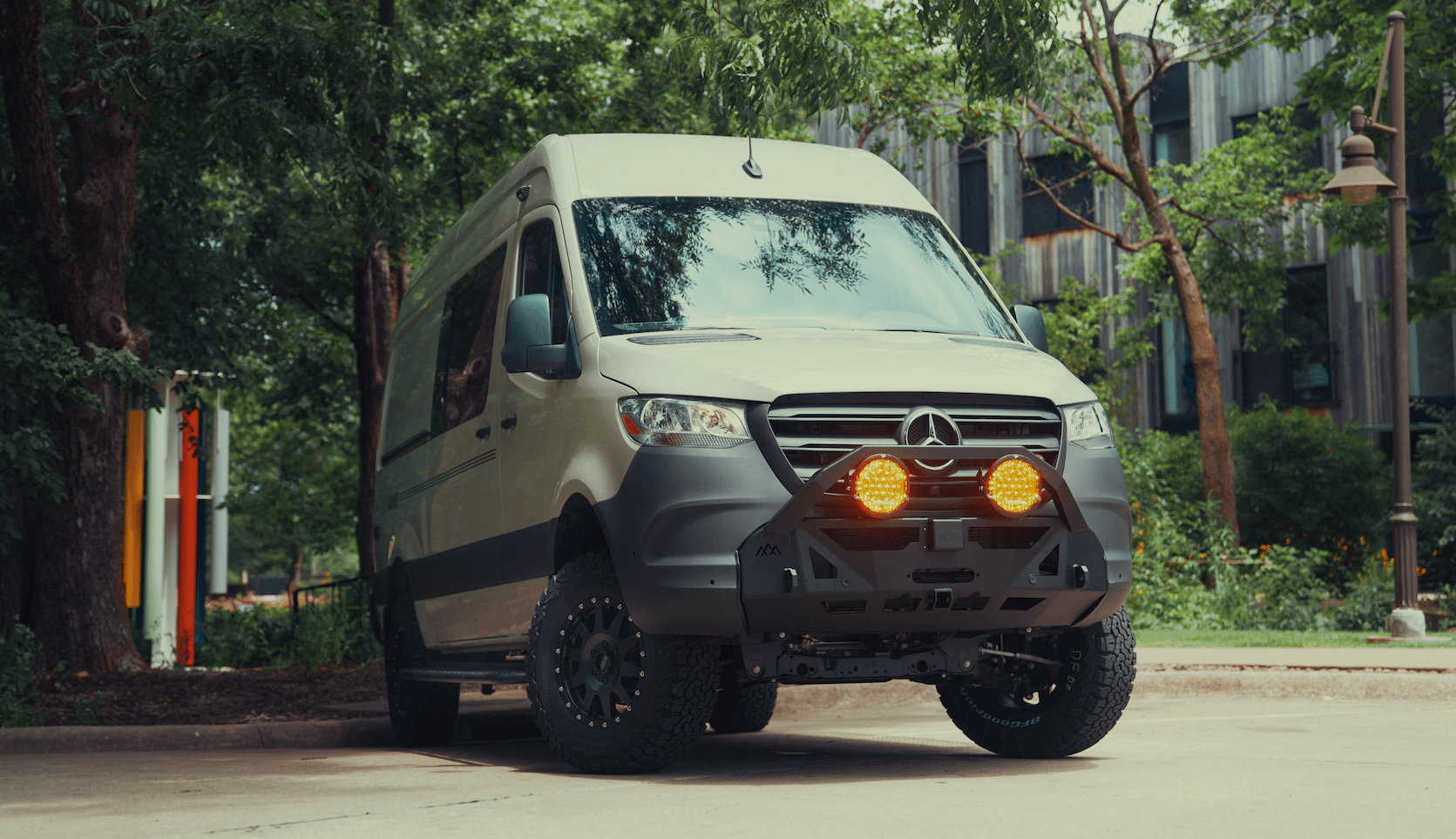Recreational Vans

A converted van or renovated van begins as a cargo or passenger shell that is reconfigured for travel, sleep, and daily living. To qualify as an off grid campervan, the vehicle must operate comfortably without external hookups for days at a time. That means reliable electricity, water storage and filtration, heating and cooling strategies, and ventilation. While both a converted van and a renovated van can look similar inside, the off grid van distinguishes itself with durable power systems, efficient appliances, and materials that tolerate hard use. The goal is independence without sacrificing safety or comfort.
Energy planning starts with a realistic daily usage estimate. An off grid campervan typically pairs lithium batteries with roof solar and a DC to DC charger tied to the alternator. Solar handles baseline loads like lights, fans, and refrigeration. The alternator tops batteries while driving and supplies power during low sun seasons. A pure sine inverter supports induction cooking, laptops, and small tools. The best setups include proper fusing, bus bars, ventilation, and battery monitoring so you always know state of charge and power inflows.
Fresh water storage commonly ranges from 10 to 30 gallons for pairs or small families, paired with grey tanks and thoughtful drain routing. Efficient sinks, low flow sprayers, and inline filters extend range. Heat can come from diesel or gasoline air heaters that sip fuel from the main tank, offering safe, dry warmth with minimal draw. In warm climates, roof fans, cross ventilation, and light colored interiors help manage cabin temps. True air conditioning requires significant battery capacity, robust alternator charging, or shore power when available.
Weight influences safety, braking, and handling. Use lightweight plywood, aluminum framing, and compact insulation like closed cell foam or mineral wool. Secure every cabinet with metal brackets and rivnuts into structural points. Weight distribution should keep heavy items low and centered to reduce body roll. Sound deadening adds comfort and helps HVAC run less. A quiet cabin makes long drives less tiring and supports better sleep on windy nights.
Every off grid campervan layout must respect three rhythms: drive mode, camp mode, and sleep mode. Fixed beds save time and hide bikes or totes below. Convertible dinettes create seating for work days and meals. Galleys benefit from deep drawers, a reliable fridge, and cooktops that match your power plan. Ventilated storage zones keep gear dry and accessible. A renovated van often refreshes finishes and fixtures, while a full converted van rethinks structure, wiring, plumbing, and insulation for life off the cord.
Budgets vary widely. Simple reconfigurations can be modest, while full off grid builds with high capacity batteries, premium insulation, and custom fabrication rise considerably. Insurance may classify the rig differently once it has fixed furniture, plumbing, and a power system, so document the build. Fire safety is non negotiable: include extinguishers, CO and propane alarms, and accessible shutoffs. Ongoing maintenance includes battery health checks, lug torque checks on electrical connections, filter changes, and inspection of all vented appliances. A well planned converted van or renovated van should feel predictable, not finicky.
Strong off grid performance comes from aligning true daily needs with honest system sizing. If you camp in shady forests, emphasize alternator charging. If you chase desert trails, stack solar and focus on airflow. Keep wiring tidy, label every circuit, and protect lines with loom and grommets where they pass through metal. The quieter and simpler the cabin is to live in, the longer you will enjoy the journey.
Now, if you want a purpose built off grid campervan without the guesswork, OZK Customs designs and builds complete systems and interiors that match your terrain, climate, and gear. Our team engineers power, water, and storage to run smoothly on real trips, then hands you a rig that is easy to use and maintain.
A cohesive off grid van starts with a clear plan and tested components. Tell us where you travel, how long you stay off grid, and which comforts are non negotiable. We will translate that into a dependable layout, efficient power, and durable finishes that feel good mile after mile.
Share your trip goals and timeline, and we will build an off grid van that fits your life. Power that lasts, storage that works, and interiors that hold up. Submit the form and we will map your path from concept to keys.
Ready for a true off grid van built around your travel style? Tell us how you camp, work, and explore. OZK Customs designs and builds dependable systems, clean interiors, and road proven details that make trips effortless. Fill out the form and let us map your build, timeline, and budget.
ADDRESS:
6159 E Huntsville Rd, Fayetteville, AR 72701
PHONE:
(479) 326-9200
EMAIL:
info@ozkvans.com